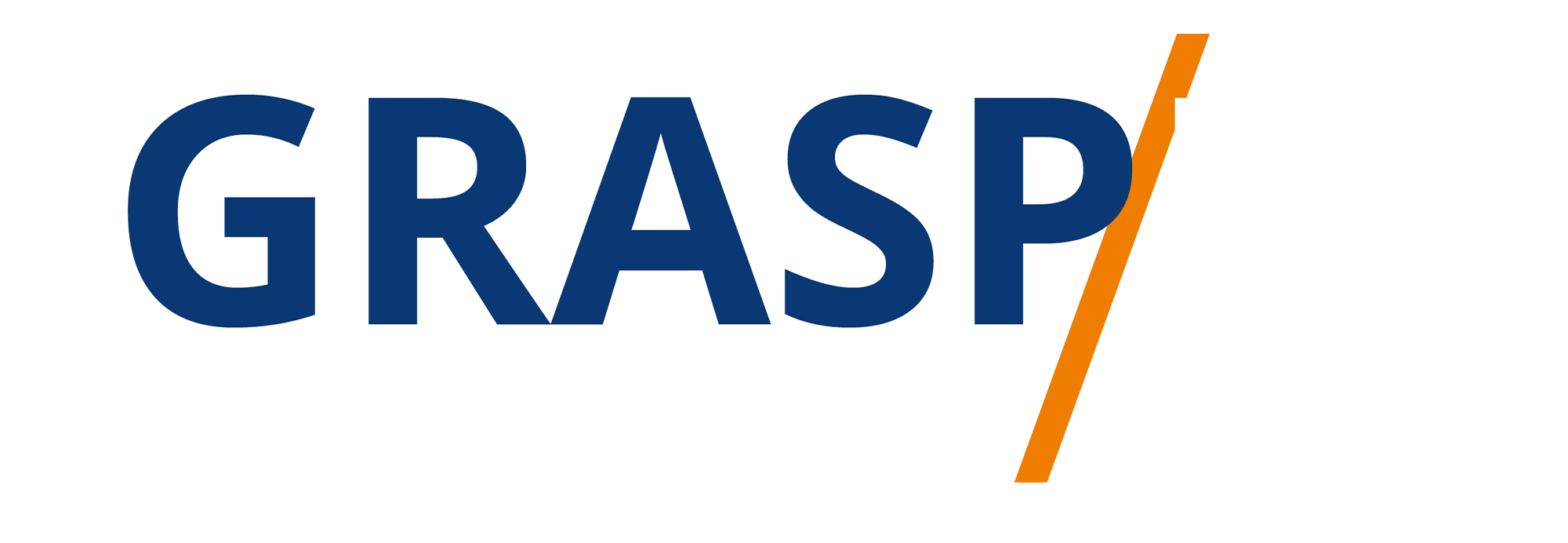Designing a Compelling Layout for Your Squeeze Page
Introduction
Designing a compelling layout for your squeeze page involves a careful balance of aesthetics and persuasion. Pay attention to the visual hierarchy, using typography, colors, and spacing to guide the visitor's attention towards the key elements. Incorporate persuasive elements such as testimonials, social proof, and trust symbols to enhance credibility. Remember, a visually appealing and persuasive layout can significantly impact the success of your squeeze page.
Case Study 1: Online Fitness Coaching
Business Problem: Emma is an online fitness coach who wants to design a compelling layout for her squeeze page to attract leads and convert them into clients. She needs guidance on creating a visually appealing and persuasive layout that aligns with her fitness brand.
Solution: Emma follows the lesson on designing a compelling layout for her squeeze page. She pays attention to the visual hierarchy by using typography, colors, and spacing strategically. Emma selects a clean and modern font for the headlines and body text, ensuring readability and professionalism. She chooses a color scheme that aligns with her fitness brand, using vibrant colors to create a sense of energy and motivation. Emma incorporates persuasive elements such as testimonials from satisfied clients, social proof in the form of success stories, and trust symbols like certifications and affiliations with reputable fitness organizations. She strategically places these elements throughout the squeeze page to enhance credibility and build trust with potential clients.
Results: By designing a compelling layout, Emma successfully attracts leads and converts them into clients for her online fitness coaching services. The visually appealing typography, color scheme, and spacing create an engaging and professional look for her squeeze page. The persuasive elements, including testimonials, success stories, and trust symbols, enhance credibility and build trust with potential clients. As a result, Emma experiences a higher conversion rate, increasing the number of clients for her online fitness coaching business.
Case Study 2: Web Development Services
Business Problem: Mark runs a web development agency and wants to design a compelling layout for his squeeze page to capture leads and convert them into clients. He needs guidance on creating an aesthetically pleasing and persuasive layout that showcases his agency's expertise.
Solution: Mark follows the lesson on designing a compelling layout for his squeeze page. He pays attention to the visual hierarchy by selecting a font combination that represents professionalism and readability. Mark chooses a color palette that aligns with his agency's branding, using contrasting colors to highlight key elements and create visual interest. He incorporates persuasive elements such as testimonials from satisfied clients, examples of successful web development projects, and trust symbols like industry certifications and partnerships. Mark strategically places these elements throughout the squeeze page to showcase his agency's expertise and build credibility with potential clients.
Results: By designing a compelling layout, Mark effectively captures leads and converts them into clients for his web development agency. The carefully chosen fonts, color palette, and visual hierarchy create an aesthetically pleasing and professional look for his squeeze page. The persuasive elements, including testimonials, successful project examples, and trust symbols, enhance credibility and showcase his agency's expertise in web development. As a result, Mark sees an increase in lead generation and conversions, growing his client base and establishing his agency as a reputable player in the web development industry.
Conclusion
Designing a compelling layout for a squeeze page involves a strategic blend of aesthetics and persuasion, as emphasized in the introduction. This approach requires careful consideration of visual hierarchy, typography, colors, spacing, and the incorporation of persuasive elements.
In Case Study 1, online fitness coach Emma aimed to create a visually appealing and persuasive layout for her squeeze page. She paid attention to the visual hierarchy, selecting a clean and modern font for readability and professionalism. Emma used a color scheme aligned with her fitness brand to evoke a sense of energy and motivation. By strategically placing persuasive elements such as testimonials, success stories, and trust symbols, she enhanced credibility and built trust with potential clients. This design resulted in a higher conversion rate, increasing her client base for online fitness coaching.
In Case Study 2, web development agency owner Mark sought to design a compelling layout for his squeeze page. He carefully considered visual hierarchy, typography, and color palette selection that aligned with his agency's branding. Mark strategically placed persuasive elements, including testimonials, successful project examples, and trust symbols, to showcase his agency's expertise and build credibility. This design led to increased lead generation and conversions, growing his client base and establishing his agency's reputation in the web development industry.
Both case studies illustrate the effectiveness of a balanced approach to layout design, combining aesthetics and persuasion to create squeeze pages that resonate with the target audience and drive conversions.
